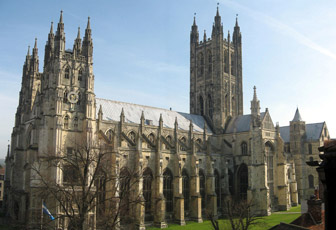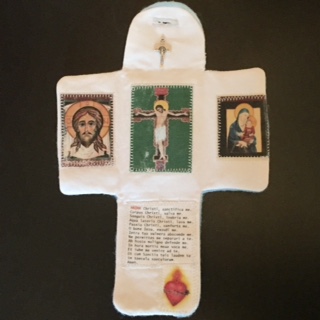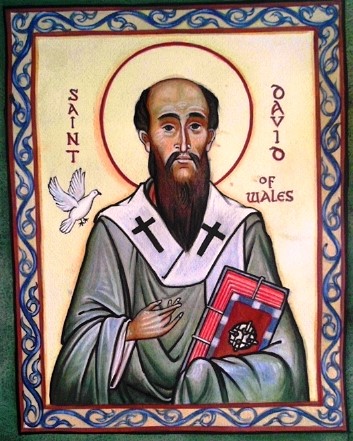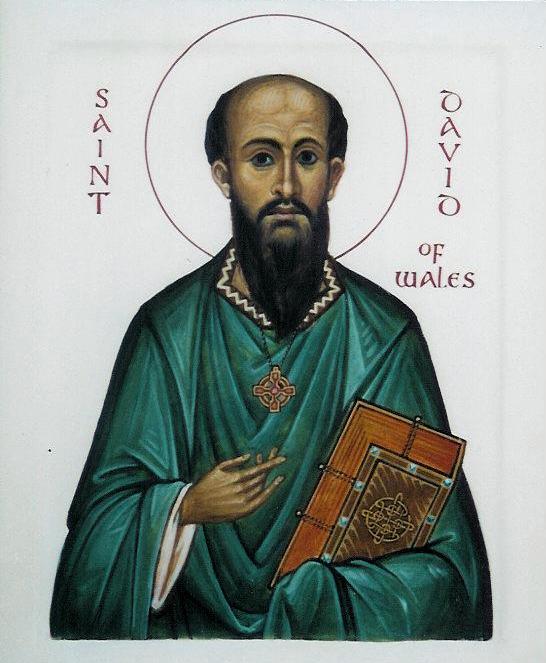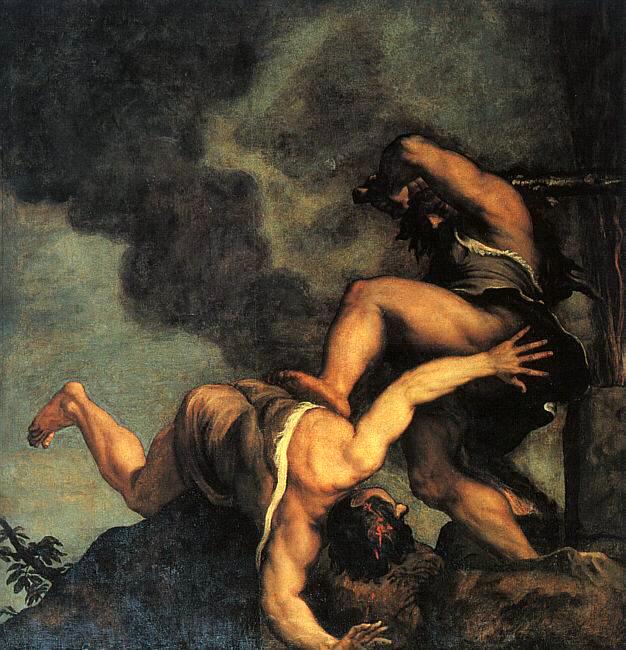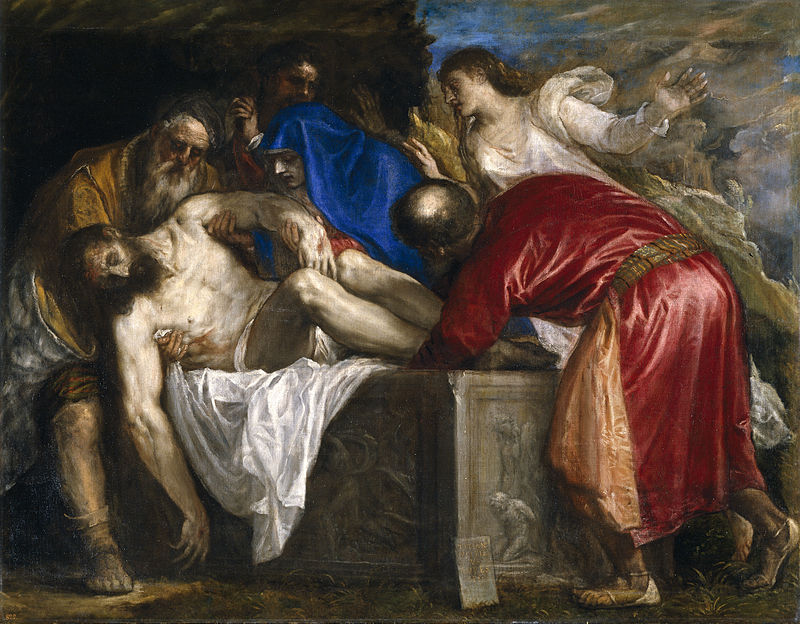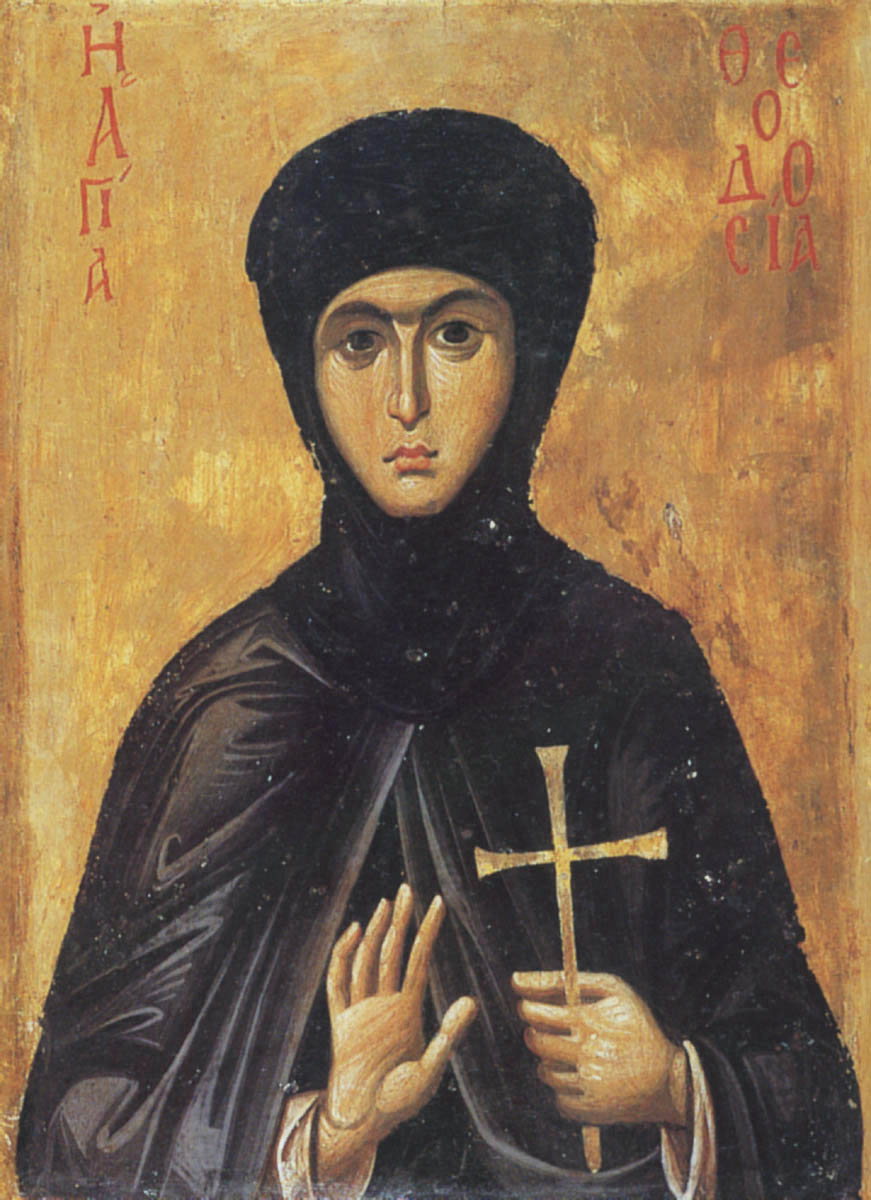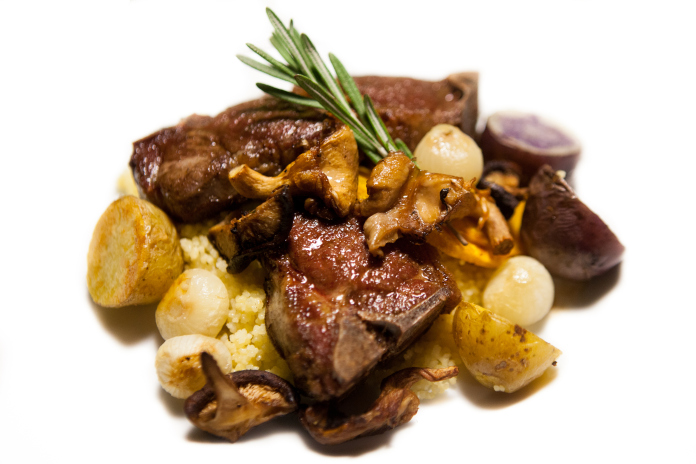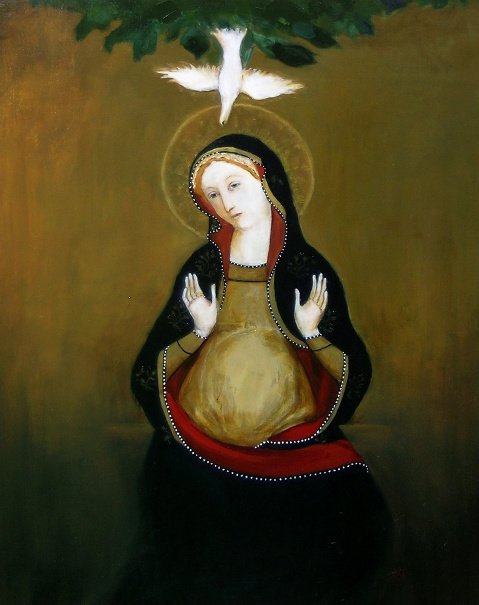The essence of Church as institution, and church as building. And how understanding this is what opens up the 'Pope Francis effect' to all people.

A friend was telling me recently how much he is enjoying meeting regularly with a group of friends, a mixture of Catholics and non-Catholics, to read the bible and pray together. From what I gathered, it had started as much for the sharing of friendship and conviviality as it was to explore different ideas of Christianity, but gradually the development of personal faith had become a more and more important part of it.
What had struck him, he told me, was how the different understanding of the church is was proving a stumbling block in explaining his Faith to his friends. I thought it was worth summarizing our discussion of this here, because it relates directly to beauty and worship and how we engage with the culture; and this is something, I suggest, that we can see in Pope Francis as I have been describing in recent articles.

If there was a quick way to describe the different ideas of what a church (as an institution now, not the building) is, then it might be this: for his protestant friends, their understanding of a church is of a community united by common belief. It is the creed, what is believed in common, that makes the church. That community can be local, as in a parish; and it can much wider, something that links many parishes together. Catholics believe this too, but there is something else that defines a church and is present, we believe, only in the Church. That is common worship.
In fact, for the Catholic this identity of common worship is the most important thing of all. All of the Church's activity is directed towards right worship for it is in its heart, at the Eucharist, we encounter personally, the living God. This is the foundation of our personal relationship, coming before emotions and feelings about God (which may be very good nevertheless). This is the optimal place to respond to the love of God so that in accepting it, we are transformed, supernaturally, as better lovers and, for all our personal inadequacies, become more capable of loving other.

In his book, the Spirit of the Liturgy, as my friend pointed out, Pope Benedict talks about how it is natural to man to worship God. If this natural tendency is distorted or not given full expression then it has a profound effect on us as people. The saying of the Church Fathers going back to the early centuries of the Church that describes this effect is lex orandi, lex credendi - rule of prayer, rule of faith. This expression tells us that it is how we pray in the liturgy more than anything else that forms what we believe in. This is why, if you want to destroy belief, you attack the liturgy. Accordingly, we believe that because the wider culture is a manifestation in all that we do of our attitude to God - art, music, architecture even the mundane activities of daily life, if you want to restore the culture you restore right worship in our churches.
So how do we know how to worship properly? We believe that this was revealed to us as much as Holy Scripture. Both the form of worship and holy scripture have been preserved in what we call Tradition. We believe that we are not at liberty to change it and in fact would not want to, because this is offered to us not as a constraint, or as a rod to beat us with, but rather as a gift. It is a heavenly path, that shows us how to love God adequately, so that we can be capable of accepting his love. This is why in the last two articles I wrote about Pope Francis I suggested that the optimal way for us to shine with the light of Christ and to know how to love man effectively is a full and active participation (properly understood) in the liturgy that leads to a supernatural transformation. That liturgy is not just any form of worship but it is the sacred liturgy that God has given us.

In the Spirit of the Liturgy, Pope Benedicts talks of the fault of the Isrealites who were worshipping the golden calf as that of worshipping in a way that differed from that which God had told them to do (in the Jewish liturgy). In our own way, if try to modify the liturgy from what is ordained we participate in the same flaw.
This importance of the liturgy to the identity of the Church is reflected in the way that the Catechism of the Catholic Church defines it. It refers to the other understanding of church as community, but very clearly places that of worship as the highest: 'In Christian usage, the word "church" designates the liturgical assembly, but also the local community or the whole universal community of believers. These three meanings are inseparable. "The Church" is the People that God gathers in the whole world. She exists in local communities and is made real as a liturgical, above all a Eucharistic, assembly. She draws her life from the word and the Body of Christ and so herself becomes Christ's Body.' (CCC, 752)
That is what the Church is as an institution, but how does that relate to the church as a building? The two are intimately connected...or they should be.

If you recall the last posting I made, in which Denis McNamara talks of the importance of beauty in architecture. He describes how one of the important attributes of the church if it is going to be beautiful is that it must communicate to us - radiate - through its form just what it is. In fact this is how you define beauty: it is the 'radiance of being'.
If a church is going to communicate its 'churchness' to us it will reveal in outward signs what it is for. Now we can see what has been the cause of so much ugliness in church design especially in the last 75 years. Architects did not seek to reveal the full purpose of the church to us through its forms. There was a neglect of the true liturgical purpose of the church and too much emphasis on human fellowship and community. For a church to be beautiful it must not only look like a place of community, it must also, crucially, look like a place of worship. And that worship must be right worship. Furthermore it must be a symbol of what the Church as in institution is, the body of Christ and relate to God the Son. Practically this last aspect might have been achieved,for example, by basing the design features on the porportions of an idealized man.

Someone who does not understand all of this and how it can be reflected in form cannot create a church that looks like a church, and so cannot create a beautiful church (except by luck).
By the way, as you look at the photographs, which are all churches, ask yourself two questions: first, do I think it is beautiful?; and second, could I tell it was church without being told so (or having an obvious sign such as a cross).
